My PhD on Ignaz Moscheles’ 19th Century Reception and Influence on Concert Life: Reflections on Methodology and Contribution to Current Scholarship (Sevastiana Nourou)
During my Master’s, my supervisor introduced me to Moscheles, who I was only aware of his name which I have read in Chopin’s letters (Dover Publications, 1988). After looking Moscheles up and meeting with his great-great grandson Henry Roche, I decided to research Moscheles for my dissertation. Throughout my research I have realised that he was a prominent figure in his time since his name appeared quite frequently in the press. However, amongst other well-known musicians of his time, he has been for the most part neglected in musicological scholarship and that is probably because he has been not canonised in performance practice. Unfortunately, only a few know Moscheles nowadays and these are mostly musicologists, scholars and pianists. Moscheles’ reputation nowadays precedes him as Felix Mendelssohn Bartholdy’s friend, yet he is much more than that.
My Master’s research coincided with the first publication of Moscheles’ biography Ignaz Moscheles and the Changing World of Musical Europe by Mark Kroll (Boydell Press, 2014). However, I realised that there was still a lot of material related to Moscheles that has not been previously explored, such as letters, music scores and reviews; this prompted me further to continue my studies with a PhD. Although in recent years Moscheles has been researched by various PhD students, none of their theses have been published; therefore, they are not accessible to a broader audience. My aim was to revive the memory of this uncanonised musician with the hope that it will open the doors to new concert programming outside of the traditional musical canon. To do that, first I had to emphasise his importance. Therefore, I decided to study his reception. My research was partly influenced by Irena Poniatowska’sbook Chopin and His Critics: An Anthology (Narodowy Instytut Fryderyka Chopina, 2011). Not realising at the beginning the vast number of sources I would locate, one of my aims was to create a database of Moscheles’ concerts and the criticism he received because I believed it would have been a great resource for music researchers and scholars. After reading all the reviews, I noticed many different and vital themes of nineteenth-century concert life which I had not expected. Therefore, the proposed thesis structure developed a lot over the course of the PhD.
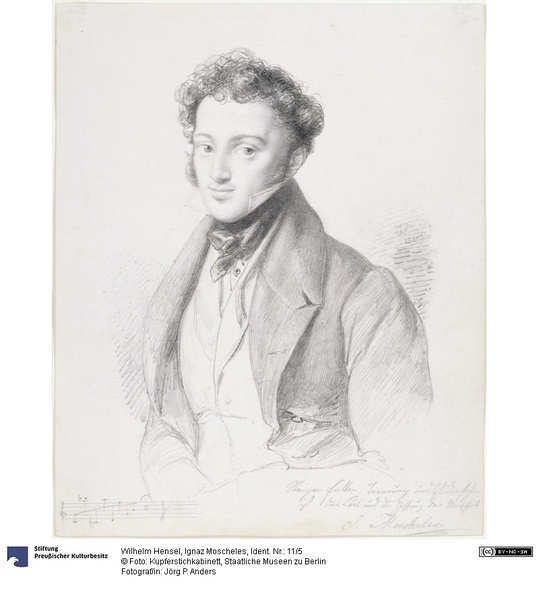
My thesis, which was successfully defended in September 2021, identifies Moscheles’ concerts between 1807–1846 and analyses his career as a touring musician, virtuoso pianist, composer, teacher, and conductor across Europe. (His career covered Belgium, France, Great Britain, Netherlands and the Austrian-German realm, mainly the Kingdom of Prussia and the Austrian Empire – Austria, Bohemia and Hungary.) While his career is the main topic of the thesis, Moscheles also acts as a lens for nineteenth-century concert life, especially since he acted as the connecting link of the more conservative school and the forthcoming romantic school of virtuosity. Therefore, the thesis interlocks many different and vital themes for nineteenth-century concert life across Europe: touring musicians, career-building of piano virtuosos, the change of musical taste, concert programmes and canonicity, piano arrangements, free fantasias, the old and the new, and audience’s reception and attentiveness across Europe. By interlocking different aspects of Moscheles’ career, the thesis emphasises and sheds light on these diverse threads. Researching this important figure not only contributes further to the existing scholarship for Moscheles but also proposes new views on Moscheles’ influence on concert life that have not been previously considered.
My methodology
What follows is a brief description of the data collection process I have undertaken. I believe it is important to discuss this because it can be of great help for other researchers in how to deal with a great number of sources, especially if you are new to archival research.
Before officially beginning my PhD, I first created a list of Moscheles’ concert life as noted by Kroll, and then I listed further concerts and travels as noted by Moscheles’ wife—Charlotte Moscheles—in Aus Moscheles’ Leben. Nach Briefen und Tagebüchern (Verlag von Duncker & Humblot, 1872–1873) and in Recent Music and Musicians, as Described in the Diaries and Correspondence of Ignaz Moscheles (Da Capo Press, 1873). When I began my archival research, I used the list as a guide map; I knew where to look and what to look for. Therefore, I researched specific date ranges of the press published in the particular locations that Moscheles was at. The primary sources used were newspapers, periodicals and journals.
As mentioned above, my goal from the beginning was to create a database of Moscheles’ concert life which would become available for the public either in hardcopies or digitally; hence, I created a document with sections for each concert date, including as much information as I could locate. Each section comprises advertisements, reviews, playbills and extracts found in letters, in Aus Moscheles’ Leben and Recent Music and Musicians. During my research, I was transcribing everything in the document. Most digitised archives, especially British ones, were character recognised (OCR). Unfortunately, the older the paper, the more destroyed it usually is, so the OCR does not identify every character correctly. At times, it was easier and faster to retype a whole section instead of double-checking whether the OCR was correct. Apart from the database, I also added the concert programmes to a web application developed by Pegasos IS. In doing so, I could research efficiently the music performed throughout Moscheles’ career to get the results needed for my thesis. Eventually the document became bigger than I had anticipated, and because of its size, having it as hardcopy would not be of great help for other researchers. Therefore, I created a website of Ignaz Moscheles’ Concert Life which investigates the abovementioned ideas and concepts through Moscheles’ performances. The website can be accessed here: http://ignazmoschelesconcert.life. I focused the website to become a great source of research that can open many doors to further Moscheles studies and hopefully greatly benefit my fellow nineteenth-century students and scholars.
Carrying out my research
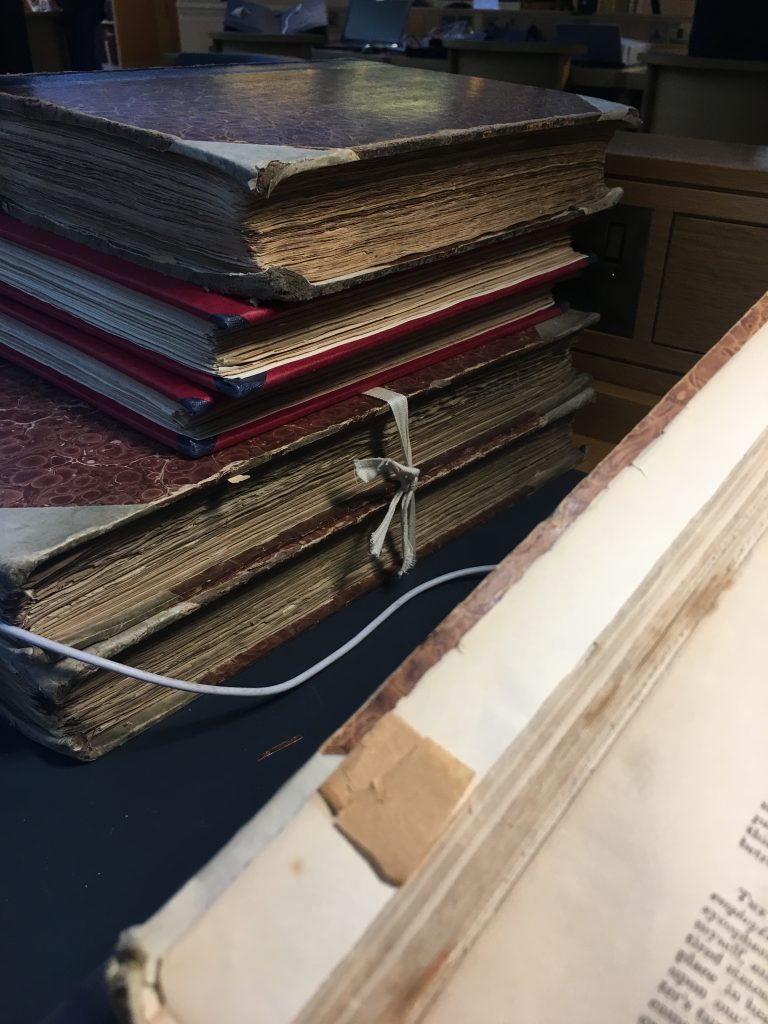
Photo Sevastiana Nourou
To achieve all that data collection, I divided my research into three phases. Instead of looking at the bigger picture, I aimed to complete the research and transcription of each country within a specific amount of time. In the first year, I focused on collecting as much as I could. I first began researching the British press, which I found to be the most detailed. Firstly, I started researching chronologically the British Newspapers Archive. However, not everything was available online. For some papers, some years were missing, or scans of specific days were not clear enough; some had markings and others were damaged. Additionally, not everything I needed was digitised in that particular archive. Therefore, I spent many hours researching hardcopies and microfilms at the British Library, such as The Guardian and The Times. It was easier for me to use microfilms, instead of the digitised library Gale, because it was faster to go through it and email myself a screenshot of each page. After collecting them at the library, I then typed everything when I went home. Other papers, such as The Spectator, have their own digitised archives, which did not need a subscription at the time. Other music journals and periodicals, such as The Musical World, were available online in ProQuest, Google Books, Hathi Trust and the Internet Archive. In the meanwhile, I visited the Brotherton Library at the University of Leeds and researched Mendelssohn’s autograph letters to Ignaz and Charlotte Moscheles.
Due to the vast amount of press sources that I found, I did not manage to transcribe everything in my first year. Nonetheless, I moved to the second phase and whenever I had time, I typed the British press. In the middle of the second year, I researched Moscheles’ tours in France, Belgium, the Netherlands and Copenhagen. I began with French press and travelled to Paris and Belgium. There I visited Archives Nationales, Bibliothèque nationale de France and Koninklijke Bibliotheek van België. For the Belgian press, I also used the digitised library Belgica Press; for the Dutch, Delpher and for Copenhagen the digitised Royal Danish Library. Lastly, during my third year, I moved to the third phase, to the Austrian-German realm, starting with Moscheles’ earlier years in Prague and Vienna. I researched different press and collected materials for each town separately. I located many of my sources in digitised libraries such as Gallica, Bayerische Staatsbibliothek, SLUB Dresden and ANNO-Austrian Newspapers Online.
Apart from reviews and advertisements, I also looked at playbills, letters and memoirs and Moscheles’ music publications. For the latter I located many as well as autographs that have not been properly catalogued nor mentioned by any scholars.
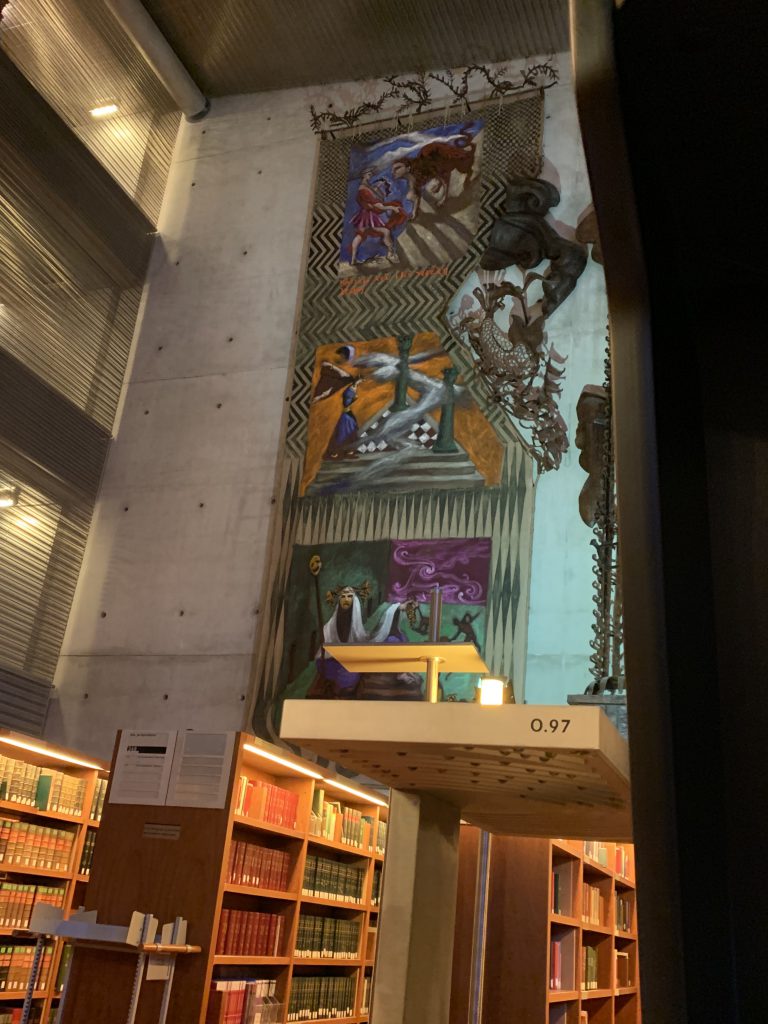
Photo Sevastiana Nourou
Going through all these archives was a big task. However, I really enjoyed researching and collecting the data. The most frustrating part of the research was when I could not locate anything for some concerts. The most difficult part, though, was transcribing the sources and trying to balance between researching, transcribing, writing, and reading relevant scholarship. Looking back, creating the database did take a lot of my time. However, because I was goal-driven and I really enjoyed researching, I did not mind. Truth be told, the database was not an easy task, but I am a perfectionist and I do not give up when I find obstacles; these traits helped me to be very organised, patient and to complete it in time. This strategy was the best method for me as a person. In every step, I was adapting to the challenges accordingly. The only thing I could have done earlier, was to create the website for Ignaz Moscheles’ Concert Life. Yet, I have not anticipated that I would have located so many sources, so it had really skipped my mind, until my supervisor suggested to create a website.
Thesis Structure
To return to the thesis, I avoided writing a traditional biography and instead chose to discuss the more important themes that emerged for the concert life. In the first chapter I introduce the main themes that form the thesis. I discuss how Moscheles’ career began, how he earned his reputation as a virtuoso-bravura pianist and how it grew and evolved. Themes such as patronage, friendships and acquaintances, ticket prices, concert arrangements and concert programmes are discussed to show how they shaped his career and reception across Europe. His reception is observed through audiences’ behaviours, listening experience and attentiveness as reported in the contemporary press. ¨
In the second chapter, Moscheles’ virtuosity is viewed from a different new aspect. As a man of transition and as a virtuoso pianist-composer, I propose that Moscheles had three distinct styles linked to his free fantasias: Bravura Pianist, Expressive Virtuoso and Classical Virtuoso. His two first virtuosity styles, and the free fantasia form the chapter, whereas his third virtuosity style is discussed in the third chapter. There, I also pay attention to his repertoire and argue that it was his role as a performer which influenced the canon of music, especially by promoting German musicians and their music, and the formation of the piano recital. I discuss in depth his pianoforte soirees — known as historical concerts (1837–1839) — his concerts between 1840–1846, the repertoire he performed, his reception, the ideas he pioneered and his influence on concert life — especially on Liszt’s piano recitals — as a pianist and conductor.
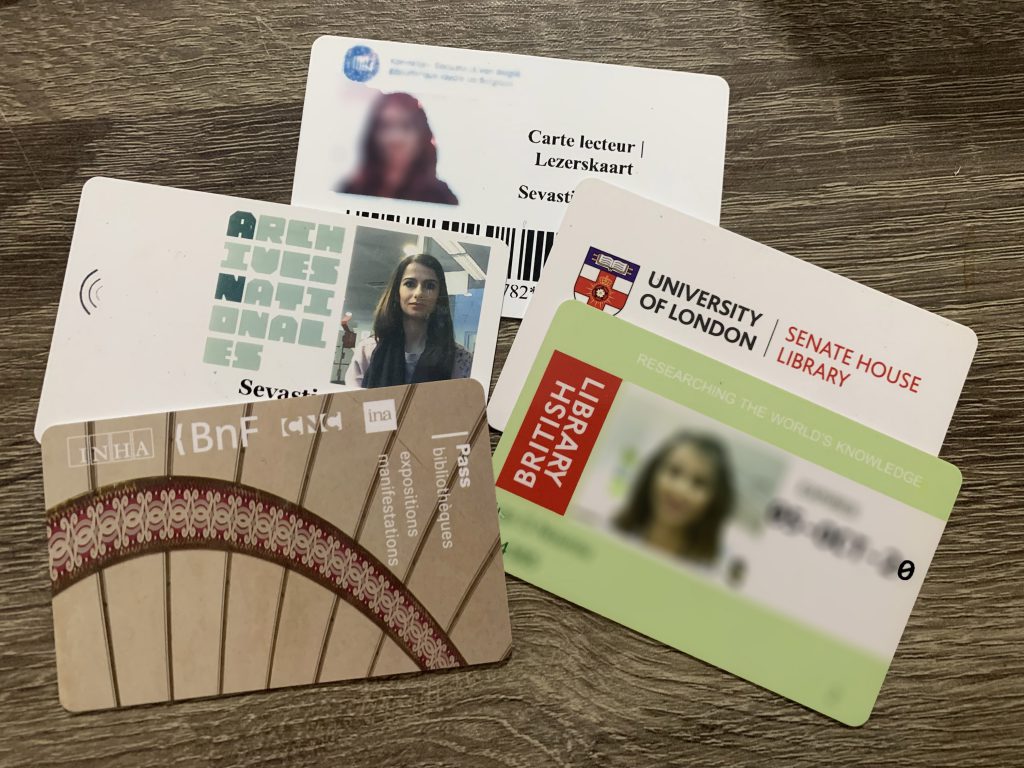
Photo Sevastiana Nourou
The fourth chapter gives a glimpse of Moscheles as a composer as observed through his virtuosity styles and his reception. His arrangements are the main topic of the chapter. Moscheles’ free fantasias acted as the connecting link of his career as a composer-performer. Therefore, the relationship between his improvisations and his arrangements is explored in depth, including the ethical and aesthetical aspects of arrangements. Moscheles composed a lot of music based on other composers’ themes; therefore, I explore whether Moscheles was perceived as a composer or an arranger. In the thesis’ conclusion, I discuss why Moscheles retired to Leipzig as the Head Teacher of Pianoforte at the Conservatoire in 1846, by focusing on concert-life differences between Leipzig and London. Lastly, I present Moscheles’ legacy and raise questions and topics that can be explored further. In the appendices, I give a chronological timeline of his performances in each country, the themes he extemporised, his own compositions he publicly performed and a catalogue of his published music, which includes music previously uncatalogued.
Contributions to Scholarship
I introduced some of the ideas discussed in my thesis in an article called ‘Ignaz Moscheles: the free fantasia as the connecting link to his three styles of virtuosity and composed fantasias’, published by Ad Parnassum in April/October 2020. The article specifically proposes a new connection between Moscheles’ virtuosity as a pianist and his free and composed fantasias and briefly discusses his three virtuosity styles and his extemporisation practices within his European concert programmes. It further explores his extemporisation technique through four of his published fantasias. Apart from the article and the website of Ignaz Moscheles’ Concert Life, I will seek publication of my thesis in the future and write some articles a few interesting topics that have emerged from my discussion.
Coda
In this blog, I have discussed my aims and methodology of my thesis. People that come across my research are usually startled by the research I have done. For that reason, I felt it was important to share my journey with my fellow students and scholars who may be intrigued to learn more of my methodology for this particular project, but also with the hope that some fellow historical researchers may find something useful and can apply it to their own method from this blog, or even share their own experience! It has indeed been a long journey, but I loved every part of it even though it was quite challenging, and I do hope that my work and my website will help other researchers and if it does, I would love to know about it!
Sevastiana Nourou
About the author:
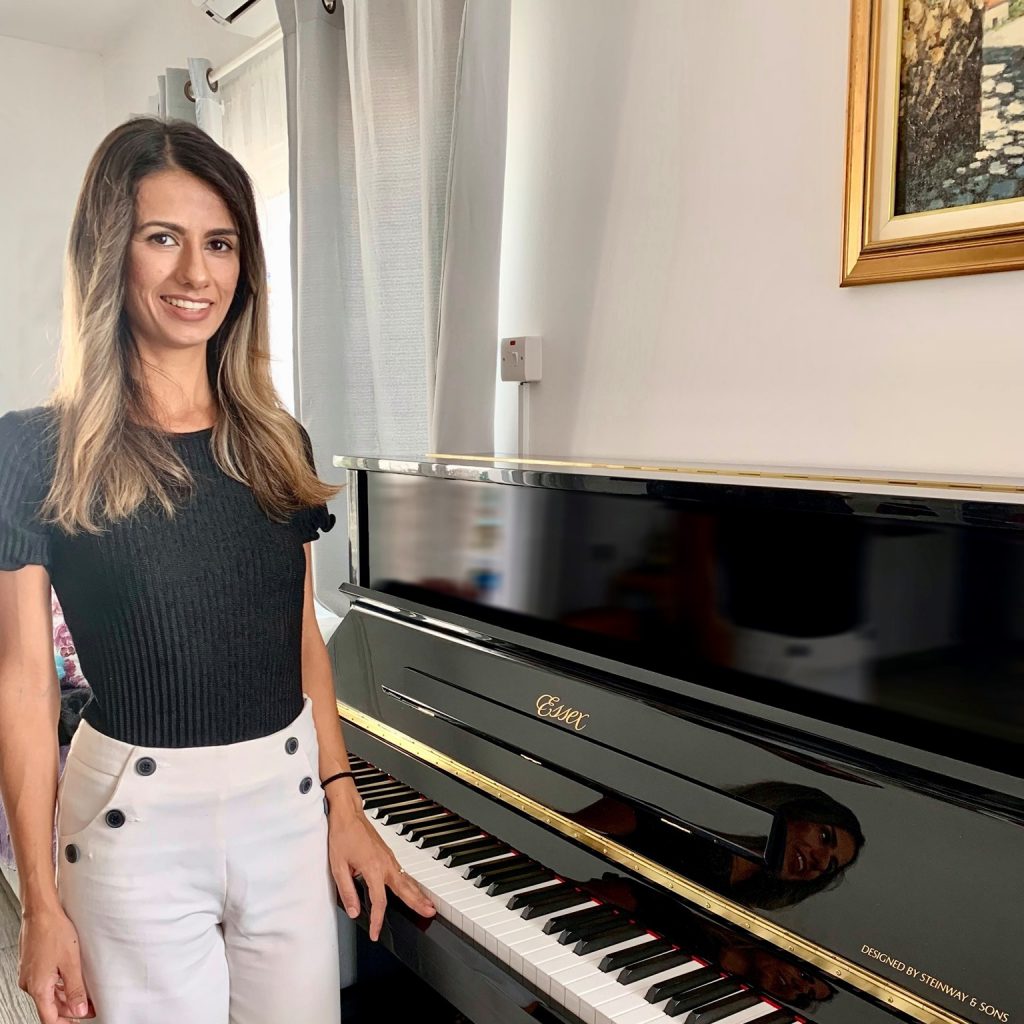
Sevastiana Nourou is completing her PhD in Music at Goldsmiths, University of London. She completed her Bmus/music at the University of Sheffield in 2014 and then pursued an MA in Historical Musicology at Goldsmiths, University of London. Currently, her main research is focused on the reception and influence of Ignaz Moscheles in the nineteenth century. Her research interests include virtuosity, concert programmes and canonicity, piano arrangements and free fantasias, audience reception, listening experience and attentiveness. Apart from her academic interests, Sevastiana is also interested in holistic approaches and is currently under training for ‘Sound therapy and Mindfulness’ and Yoga for musicians.
Contact: sevastiananourou@gmail.com
Website on Ignaz Moscheles’ Concert Life: http://ignazmoschelesconcert.life

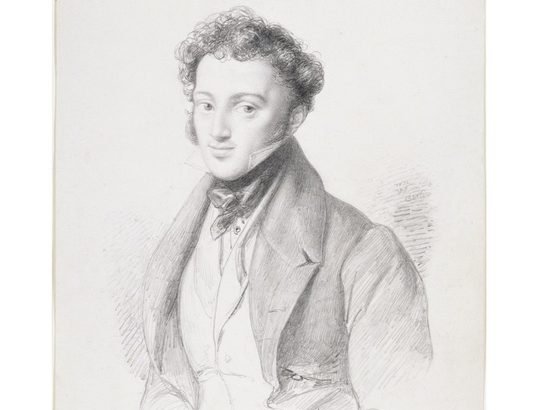
Very impressive research. Although I have known of Moscheles for a long time I have only recently read ‘The LIfe of Moscheles’ prepared by his wife from his diaries. What stunned me was the number of musicians he met. Keeping a journal helps; I often regret not doing that myself. The life of a touring musician 200 years ago was tough and even dangerous. Although I have been piano playing since the 1940s I became a professional scientist rather than musician. I often fancy that had I been born 100 years earlier I would have been a musical instrument maker, most likely of the pianoforte. I have collected a few of Moscheles piano pieces to work on.